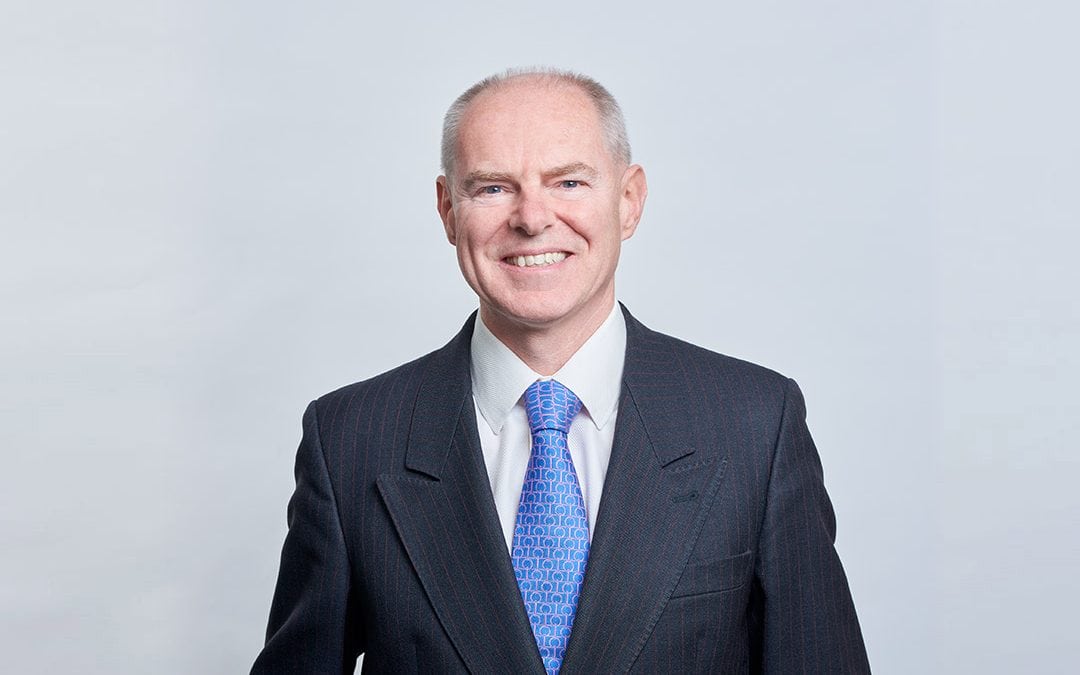T 1252/20
In this decision the Board has diverged from previous case law establishing that second medical use claims were restricted to products having a chemical mode of action and instead the Board ruled that “substance or composition” should stretch to any product which may be defined by its chemical composition, regardless of the mode of action.
Background
Due to methods of treatment of the human or animal body being excluded from patentability in Europe, applicants are required to claim substances or compositions for use in a method of treatment instead. Thus, there is a need for the term “substances or compositions” to be clearly defined under European patent law. However, the EPC fails to provide this definition.
As a result, there has been a lot of case law focusing on this topic. G 5/83, for example, defines a substance or composition as an active agent which has the ability to provide a therapeutic effect in a medicament. More recently, in T 1758/15, the term is defined more narrowly as only encompassing products which interact chemically with the body. Following T 1758/15, the EPO guidelines exclude products for which the therapeutic effect is based exclusively on the macroscopic 3D structure formed by a composition once inside the body, because such products are allegedly medical devices and, hence, not a substance or composition.
Decision of the Examining Division
The present Boards of Appeal decision, T 1252/20, originated from the decision of the Examining Division to refuse European patent application No. 2919826, claim 1 of which was directed to a composition for use in reducing or eliminating cancerous cells by blocking the blood supply to the tumour. The claimed composition was a peptide defined by its specific amino acid sequence, which formed a hydrogel in the body. The Examining Division took the view that, because the peptide formed a hydrogel once inside the body and a hydrogel has a physical (not chemical) mode of action, it was to be considered a medical device, not a substance or composition.
Due to the peptide not being considered to have met the criteria for a substance or composition in the context of a second medical use claim, the claim was construed as a generic product claim, not encompassing the specific therapeutic effect. This meant that, because the claimed peptide was already known in the art, the claim was found to lack novelty.
Decision of the Board of Appeal
The decision went to appeal and the Board assigned to the case took note of the established case law in T 1758/15 and other decisions, acknowledging that a substance or composition is currently defined in the case law as an active agent or ingredient which must have a chemical mode of action.
Despite referencing the well-established case law, the Board took a fundamentally different position and effectively re-defined the term substance or composition. Contrary to previous case law, the Board came to the decision that there is no legal basis for the separation of medicinal products into the distinct categories of devices and substances or compositions based entirely on their mode of action being physical versus chemical.
The Board presented a number of reasons why taking only the mode of action of a product as the sole consideration when deciding if that product falls within the category of substance or composition was not a comprehensive enough test.
These reasons included, firstly, that the product acting inside the body is not necessarily the same as the product being claimed. The present case is a good example of this because the claim was directed to a peptide, but the active within the body was a hydrogel. The Board appreciated that second medical use claims are typically directed to the product being administered because this is generally the product of most commercial importance to the applicant. However, the Board pointed out that it is not sensible to assess the mode of action of the product being administered if this is not the same as the product acting within the body.
Secondly, the Board considered that the mechanism of action of the claimed product might not necessarily be well-understood and any assumptions made in order to establish whether the product is a substance or composition could later be proved wrong. Therefore, the Board concluded that the test for whether a product falls within the definition of substance or composition should not require the mode of action to be understood in detail.
Thirdly, the Board noted that the mode of action of a product may differ depending on its mode of administration. In other words, a product may interact physically with the body in one context but chemically in another context and it would be incorrect for the decision of whether a product constitutes a substance or composition or not to depend on extrinsic factors, which are not related to the material itself but to its method of administration.
Finally, the Board found that the restriction of the definition of substance or composition solely to chemical modes of action does not achieve the legislative purpose of second medical use claims, the legislative purpose of second medical use claims being to provide at least a complimentary form of protection for an otherwise recognisably useful invention in a field where, despite its excluded nature, technical development is otherwise highly desirable and beneficial and therefore patent protection should also be available for such development.
Substance or Composition Vs Medical Device
The Board then addressed the question of how one is supposed to distinguish between a substance or composition and a medical device, if not solely by mode of action. In the present case, it was the lack of any device-like features, such as a defined 3D shape, which led the Board to conclude that the product was not a device.
More generally, the Board clarified that a product can be considered a substance or composition for the purpose of a second medical use claim if the claim clearly defines the chemical composition of the product and also does not define any device-like features of the product. Taking the present case as an example of how to execute this new test, the Board demonstrated that the claimed peptide was considered a substance or composition because it is defined by its chemical composition (i.e. its amino acid sequence) and it takes the form of a shapeless liquid without any device-like features.
In view of this reasoning, the Board found that the claimed product was suitable to be the subject of a second medical use claim and, hence, the claim should be construed as including the specific therapeutic effect, meaning that the claim is novel despite the peptide being known.
The Board has now remitted the case back to the Examining Division for further prosecution.
Discussion
We are sure this decision will be welcomed by many applicants in the chemical and pharmaceutical sector as it introduces a notably broader category of products which can now be the subject of second medical use claims than previously set out by the case law.
The Board was clear, however, that this decision should not be interpreted as a move towards products such as pacemakers and scalpels, which are clearly medical devices, being the subject of second medical use claims. The Board clarified that such products will continue to be defined as medical devices, for which the claiming of second medical uses will not be an option to applicants.









